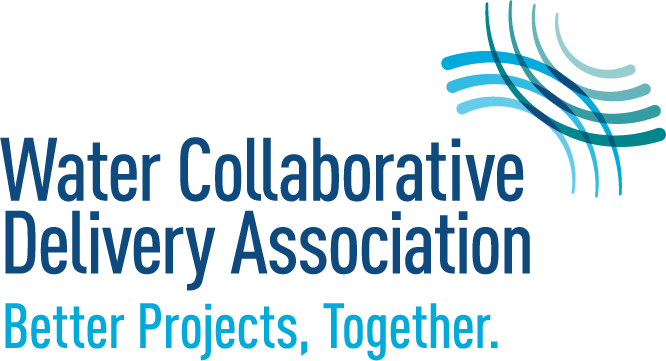We can’t do collaborative delivery because there’s no competition. How do we know if the guaranteed maximum price (GMP) is competitive? How do we know we are paying the market rate without a hard-bid comparison?
These are common statements and questions often heard from owners who aren’t sure collaborative delivery will bring the best value. They are concerned that they may end up paying a premium for the contractor’s early involvement, which then gets passed on to the rate payers in their communities. They worry they cannot justify the cost of these types of projects to the public. The truth is that every component of a GMP can undergo the same market scrutiny as a traditional hard bid.
It’s quite common for the selection process of the design-builder or CMAR to include an evaluation of common markups, such as profit and overhead, jobsite administration costs, insurance, and bonding. Using this process ensures that owners pay the going market rate for these types of costs. These types of costs can generally be categorized as indirect costs.
Other costs can generally be called the cost of work, or for purposes of this they will be called direct costs. Direct costs are defined as the cost of labor, materials, and equipment required to complete the scope of work. Therefore, the construction project budget at each design deliverable can be summarized by the following:
Indirect Costs + Direct Costs = Construction Costs/GMP
By establishing trust, collaboration, and transparency, owners can ensure they are paying the market price for direct costs by doing the following:
- Having labor rates be included in the selection process of the CMAR/design-builder.
- Comparing labor rates to labor rates in the area. Davis Bacon wages can be one strategy used to ensure labor rates are consistent with what the market rate is for the given area of the project location. Rates can also be used as part of the initial selection criteria.
- Ensuring competition and the associated bids/proposals are obtained by the CMAR/design-builder and presented to the owner. This should be done for all major costs of the project from permanent materials and equipment to trade partners. This process can also be done for major temporary costs, such as cranes, jobsite trailers, and other costs that are required to build the project but may not be a permanent feature.
- Engaging third-party cost consultants and/or the engineer to provide an independent analysis of the GMP. This can bring a fresh perspective on the GMP and ensure all parties are aligned prior to either moving to the next design deliverable or executing a GMP.
By using these strategies, owners can rest assured that they are paying for nothing more than what the market will bear, that they have much more visibility into the costs of their project, and that they reap all the other benefits of collaborative delivery such as schedule, savings, value engineering, constructability reviews, and many more.

